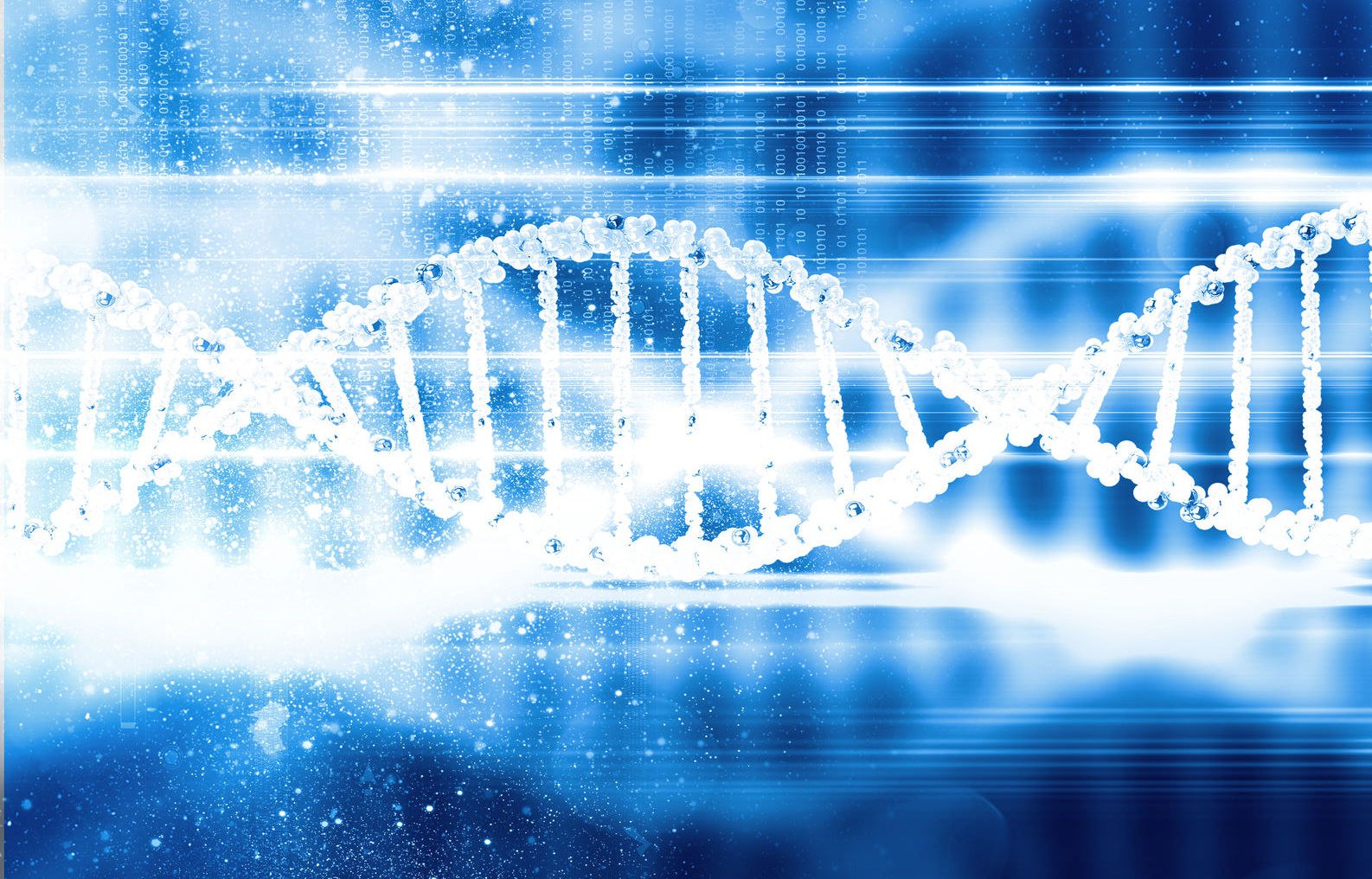
Targeting DNA replication stress being investigated to treat advanced breast cancer
October 2019
Wayne Kuznar for oncoXchange
New DNA interacting drugs and DNA damage repair (DDR) targets are emerging for homologous recombination (HR)-deficient breast tumors.
New DNA interacting drugs and DNA damage repair (DDR) targets are emerging for homologous recombination (HR)-deficient breast tumors. At the 2019 ESMO Congress, Andrew Tutt, MD, offered a review of potential SNA repair strategies beyond PARP inhibitors.
“Breast cancers are diseases with many DNA breaks and rearrangements”
“Breast cancers are diseases with many DNA breaks and rearrangements,” said Tutt, director, Breast Cancer Now, Tony Robins Research Centre, London. “This is a disease with a high degree of chromosomal instability; many structural changes within chromosomes often driven by the presence of double strand breaks.”
Whole genome sequencing analyses reveal mutational signatures that indicate DNA repair problems “and some of the most prevalent of those are abnormalities in the pathways that BRCA1 and BRCA2 act within the HR pathways,” he said.
DNA replication stress is prevalent in human cancers, but not in normal cells, which suggests that proteins involved in the cellular response to DNA replication stress are potential therapeutic targets. The replication fork is an active area where DNA replication takes place.
“The trapping of PARP or the placing of an adduct on DNA stresses the DNA replication fork when it hits it, causing it to stall and collapse, and that requires normal BRCA1/BRCA2, which our normal cells have, but tumor cells don’t.”
“The trapping of PARP or the placing of an adduct on DNA stresses the DNA replication fork when it hits it, causing it to stall and collapse, and that requires normal BRCA1/BRCA2, which our normal cells have, but tumor cells don’t,” said Tutt. “That loss fork protection leads to a greater degree of sensitivity if you are not deficient for HR.”
One area of exploration is to target G4 quadrupluxes, which occur across the genome. “There are small molecule drugs that can bind these and stabilize them, and when they do they can arrest the DNA replication fork in a way that requires functional HR,” he said. These drugs have been tested in preclinical models with loss of function of BRCA1/2. CX-5461 is a DNA G-quadruplex stabilizer shown to have selective lethality in BRCA1/2-deficient tumors.
G4-stabilizing agents can induce responses in models of BRCA-deficient taxane-resistant triple-negative breast cancer, he added.
HR deficiency also leads to potent addiction to other “druggable” DNA repair targets. PolQ is a polyermase that is important for maintaining the health of the DNA replication fork in a setting in which HR is deficient. HR-deficient tumors are dependent on PolQ-mediated repair, opening the possibility of therapies based on inhibiting PolQ, which are in development but not yet in the clinic.
Minor groove RNA Pol II stalling agents can also target HR deficiency. Lurbinectidin is a DNA minor groove binder that has been studied in patients BRCA-mutated advanced breast cancer, inducing an overall response rate (ORR) of 41% in 54 women studied, with greater efficacy in women with BRCA2 mutations, with an ORR of 60%.
The aforementioned approaches are methods in which the health of the DNA replication fork is challenged. “That is particularly challenging to cells that have HR repair deficiency,” said Tutt. “But it is possible, therefore, that a number of these approaches share mechanisms of resistance, so we must to try understand what these mechanisms of resistance are to go beyond PARP inhibitors and think ahead.”
Resistance emerges rapidly in many patients with advanced HR-deficient breast cancer. One of those mechanisms of resistance is reversion or “fix it” mutations. “This is a scenario where the mutation in BRCA1/2 leads to a shortened nonfunctional gene product but when a rare double strand break actually hits the mutated allele itself, as a result of aberrant repair, the gene gets put back together in a way that leads to a more normal open reading frame.”
Resistance emerges rapidly in many patients with advanced HR-deficient breast cancer. One of those mechanisms of resistance is reversion or “fix it” mutations. “This is a scenario where the mutation in BRCA1/2 leads to a shortened nonfunctional gene product but when a rare double strand break actually hits the mutated allele itself, as a result of aberrant repair, the gene gets put back together in a way that leads to a more normal open reading frame,” said Tutt. “That can recreate a near full length and much more functional form of BRCA1/2 then was there before. The tumor regains its function and becomes resistant to the mechanisms of targeting that it has been subjected to.”
Detecting these fixed BRCA1/2 mutations now seems possible in cell free DNA, he said, allowing for their tracking in DNA as platinum and PARP inhibitor resistance emerges.
Mutations in genes that encode shieldin subunits can cause resistance to PARP inhibitors in BRCA1-deficient cells and tumors, owing to restoration of HR.
Mutations in genes that encode shieldin subunits can cause resistance to PARP inhibitors in BRCA1-deficient cells and tumors, owing to restoration of HR. With BRCA1 reversion mutation, response to platinum or PARP inhibition as second-line therapy might not be expected, and capecitabine may be effective as follow-on therapy, whereas with REV7/Shieldin mutation, extreme platinum sensitivity might be expected despite resistance to PARP inhibition.
Targeting ATR and CHK1 kinases may be another potential therapeutic strategy, as ATR/CHK1 is needed to manage replication stress.
Targeting ATR and CHK1 kinases may be another potential therapeutic strategy, as ATR/CHK1 is needed to manage replication stress. ATR kinase senses arrested DNA replication forks and HR DNA repair intermediates. ATR signals through downstream CHK1, Tutt explained. The ATR inhibitors M6620 and AZD6738 are in the clinic.
Targeting the replication fork protection resistance mechanism therapeutically may be possible. WEE1 is a tyrosine kinase that regulates cell cycle progression by governing the G2 checkpoint. The WEE1 inhibitor AZD1775 targets genomically unstable cells even when BRCA1/2 reversion resistance mutations occur. “Part of the rationale to treat patients beyond PARP inhibitor resistance development or delay resistance development is that although you can fix BRCA1/2 in the tumor, you can’t fix the genomic instability,” said Tutt. “That will require these kinases [Wee1 inhibitors] to slow the cell cycle down to allow it to be sorted out.”

Comments (0)